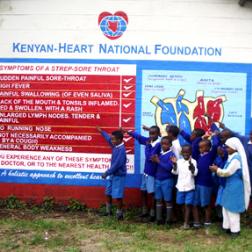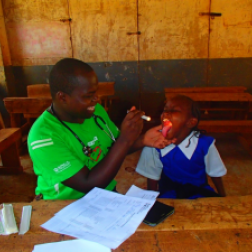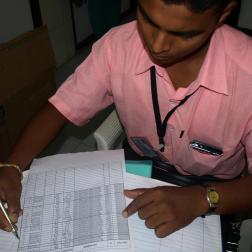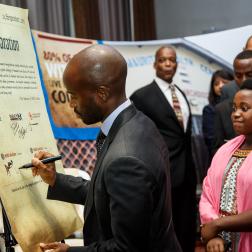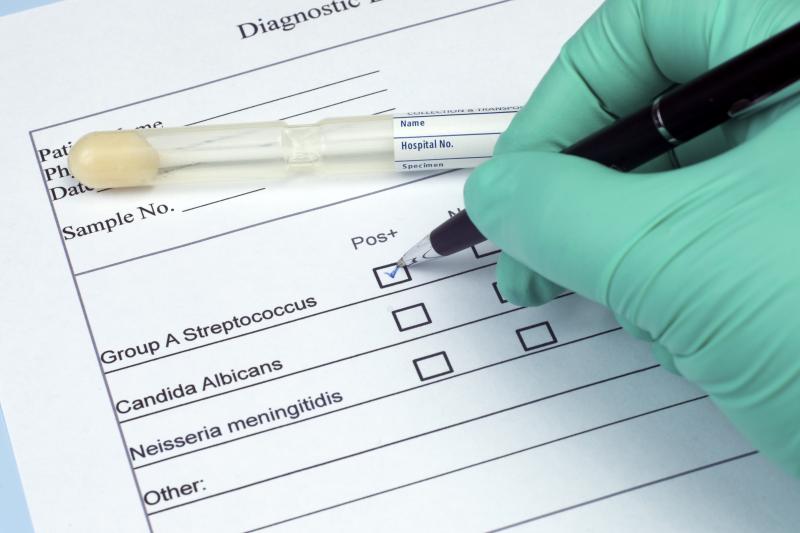Economics of RHD
The cost of RHD
RF and RHD are chronic conditions accruing considerable personal and social cost over many years. Some of these costs are direct and tangible; others are indirect or opportunity costs. Minimising the financial burden on individuals and identifying cost effective disease control strategies for populations is an important global goal.
Direct costs to individual
People and families living with RHD have to spend money to manage symptomatic disease. Outpatient costs include medication, transport to appointments, dental care and blood tests. Inpatient costs may include payment for admission, laboratory tests, surgery, food and accommodation. In some countries people are responsible for almost all of their own health care expenses; these ‘out of pocket’ costs drive medical poverty and personal bankruptcy.
Indirect costs to individuals
RF and RHD are also costly through reduced social and economic participation. Young people with RF or RHD may be unable to complete schooling; parents may need to stay home from work to care for them. In Brazil, nearly one quarter of parents took time off work to attend children with RHD and nearly 5% lost their job as a result.
RHD also causes a ‘cost’ to quality of life as people with the disease worry about their future and experience symptoms. In Brazil, quality of life impairment from RHD was similar to the effect of living with other chronic conditions such as asthma and epilepsy. In Egypt, 98% of parents of children living with RHD are concerned about the family and financial impacts of the disease.
Costs to governments
The health system cost of RF and RHD can be enormous, particularly in countries where governments subsidize or pay for health care. Most of the costs are incurred in tertiary treatment for severe disease, including hospitalization and surgery. Indirect costs occur through the reduced economic participation of people living with RHD and their families. Preliminary estimates of the economic burden of RHD suggest that premature mortality cost low and middle income countries $56 billion USD in 2013. Comprehensive, community-based programs to prevent ARF and control RHD may cost as little as $0.07 per child each year. Once such program in Cuba was found to be cost-saving in the long run.
Read more about the case for investing in RHD control.
Funding for RHD control programs
Many different kinds of organisations have funded RHD control programs, equipment, events and activities. An overview of potential funding groups is presented below. This is not an exhaustive list and novel opportunities for funding should be explored wherever possible. Raising funds, maintaining relationships with donors, minimizing conflict of interest, reporting on outcomes and building financial sustainability is a specialty field in its own right. Larger programs should consider review of fundraising resources or expert advice. You can contact RHD Action Alliance for support and fundraising strategy advice.
Governments
In some countries governments (local, state or national) provide a relatively reliable source of funding. Governments bear some of the cost of RHD - particularly paying for health care and reduced tax income when people are too unwell to work, providing an incentive to fund control programs. Clinical advocates may be needed to access government budgeting procedures.
Professional organisations
Professional groups, including medical associations or professional colleges, can be instrumental in generating or helping to secure funds to support project activities.
Charitable donors
A variety of charities have donated funds or resources to RHD control programs. These valuable contributions often support small local initiatives. For example, in Australia charitable groups supported development of an RHD video which was widely used throughout the Northern Territory. Community organisations, faith based groups, business foundations and non-government organisations (NGOs) may prove to be valuable partners for RHD control programs.
Business and private sector partners
Local (or international) business can sometimes be encouraged to donate funds, often for specific pieces of equipment. Businesses may also be willing to contribute their own products - perhaps including meals for people attending RHD clinics or meetings, pens or paper to clinics, paint for education campaigns or other services.
Community fundraising
In many countries, families or individuals seek private support for private or international cardiac surgical interventions. Fundraising generally happens with events, through media appeals or via social media. RHD programs should consider how to respond to these efforts - personal appeals may be a good opportunity to raise awareness about RF and RHD but it can be difficult to ensure that information is accurate and appropriate.
Research funding
Appropriately, many RHD research projects in low resources settings have a service delivery component. Any research conducted in conjunction with your program should address the clinical needs of people and communities living with RHD.
International research collaborations offer considerable opportunity to share knowledge, skills and experience. However, practicalities and expectations should be carefully considered and documented from the outset. Research questions must also reflect local need as determined by local decision makers and be coupled with clear plans for translating research outcomes into practical benefits.
Medical research involving a disadvantaged or vulnerable population or community is only justified if the research is responsive to the health needs and priorities of this population or community and if there is a reasonable likelihood that this population or community stands to benefit from the results of the research.
Medical equipment donations
Donations of medical equipment are a popular form of support for health programs in resource limited settings. Providing tangible items offers donors an opportunity to be photographed with the product, be recognised with a plaque or an unveiling event. However, donations of medical equipment can cause unexpected problems, including the cost of maintenance, trained operators, location of the donation and inequitable access to resources. WHO has developed an excellent resource “Medical device donations: considerations for solicitation and provision” outlining many of these considerations in detail.
